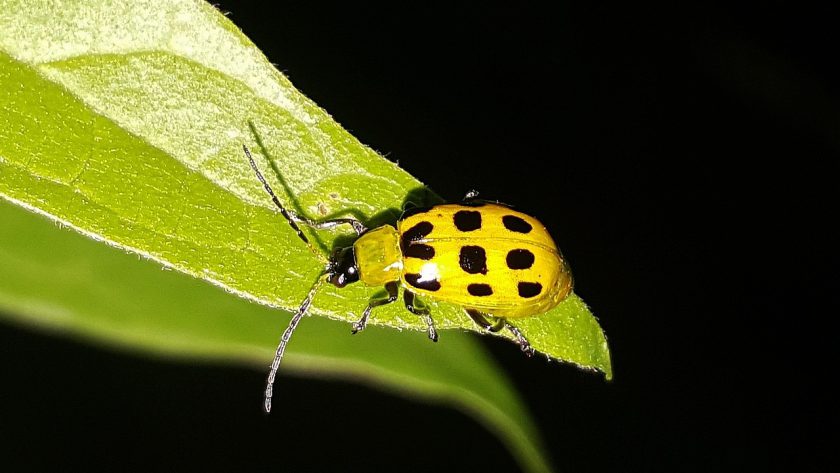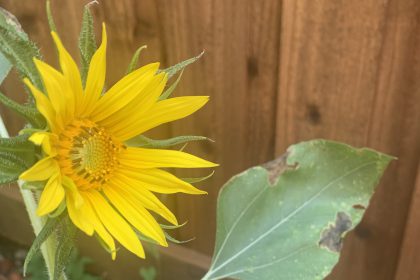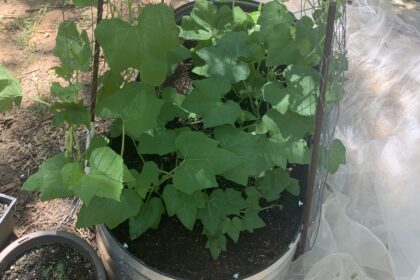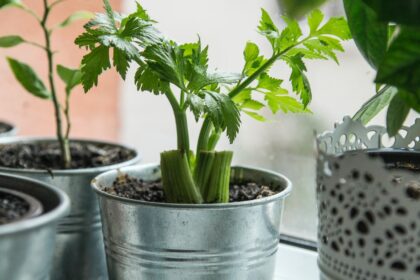Cucumber beetles are small, yellowish-green, or black beetles that can cause significant damage to cucumber, watermelon, pumpkin, sunflower, and other plants.
Cucumber beetles are attracted to the foliage, flowers, and fruits of several plants. They feed on the leaves, leaving behind characteristic irregular holes and notches. In addition to the damage caused by feeding, cucumber beetles can transmit bacterial wilt and other diseases to plants.
Cucumber beetles have a life cycle that includes an overwintering stage in the soil as adults. In spring, they emerge and lay eggs at the base of cucumber plants or nearby weeds. The eggs hatch into larvae that feed on the plant roots. As the larvae mature, they pupate in the soil and eventually emerge as adult beetles.
Early detection and control measures are crucial for managing cucumber beetle populations. Regularly inspect your cucumber plants for signs of beetle activity, including feeding damage and adult beetles on the plants.
Here are some actions you can take to manage cucumber beetles:
- Handpicking: Monitor your cucumber plants regularly and physically remove the beetles by hand. Drop them into a bucket of soapy water to prevent them from returning to the plants.
- Row Covers: Use floating row covers to physically block cucumber beetles from accessing your plants. Row covers are lightweight fabrics that allow sunlight, air, and water to reach the plants while acting as a barrier against pests.
- Companion Planting: Planting companion plants such as radishes, nasturtiums, or marigolds around your ] plants can help repel cucumber beetles. The strong scent of these plants can deter the beetles and reduce their presence.
- Crop Rotation: Practice crop rotation by avoiding planting cucumbers in the same area year after year. This helps disrupt the life cycle of cucumber beetles and reduces their buildup in the soil.
- Neem Oil: Apply neem oil, an organic insecticide derived from the neem tree, to the plants. Neem oil can repel and deter cucumber beetles. Follow the instructions on the product label for proper application.
- Insecticidal Soap: Use insecticidal soap, which is a low-toxicity pesticide, to control cucumber beetles. Apply it directly to the beetles and follow the instructions on the product label for safe and effective use.
- Organic Pyrethrin Sprays: If the infestation is severe, consider using organic pyrethrin sprays. Pyrethrin is a natural insecticide derived from chrysanthemum flowers. Follow the instructions on the product label for safe and effective use.
- Healthy Plant Care: Maintain the overall health of your cucumber plants by providing them with proper watering, adequate sunlight, and regular fertilization. Healthy plants are more resilient to pest infestations.
Remember to always read and follow the instructions on any pest control products you use, and consider using organic and environmentally friendly options whenever possible. Integrated Pest Management (IPM) practices that combine various methods can be effective in managing cucumber beetles while minimizing the impact on the environment.










